HotSpots H2O: Water Crisis Continues to Debilitate Gaza Strip
The Rundown
Polluted water in the Gaza Strip continues to sicken people — and there are few signs of improvement. Only 3 percent of water in the Palestinian territory is safe for human consumption. Gaza deposits enormous amounts of raw sewage, unchecked, into the Mediterranean each day. Infrastructure repairs are nearly impossible as blockades and political obstacles hinder access to fuel, construction materials, and energy.
The United Nations warns that Gaza’s water woes could culminate in unlivable conditions as soon as next year. Already, more than a quarter of disease in Gaza is caused by a lack of clean water, and the potential of a worse health crisis looms. Experts say that regional cooperation, a dubious possibility, is the only way to save Gaza from complete disaster.
“My children get sick because of the water. They suffer from vomiting, diarrhea. Often, I can tell the water is not clean, but we have no other option.” –Madlain Al Najjar, a mother of six living in the Gaza Strip, in reference to the poor water quality in the territory. Out of Gaza’s 2 million residents, only 10 percent have access to clean drinking water.
By the Numbers
97 percent Proportion of Gaza’s water that is unfit for human consumption.
108,000 cubic meters Amount of untreated sewage that flows from Gaza into the Mediterranean Sea each day, leaving the coastline heavily polluted.
18-20 hours Length of daily power cuts in Gaza throughout 2018. Electricity shortages are detrimental to the operation of water and sewage treatment plants.
11 years Length of an Israeli blockade of the Gaza Strip. The blockade has been in effect since Islamist militant group Hamas, the de facto governing authority of Gaza, took control in mid-2007.
$10 million Cost of a desalination plant in Gaza that was constructed with aid money from Europe. Desalination efforts are hindered by power shortages and coastal pollution.
On the Radar
In late October 2018, the Qatari government donated $60 million to Gaza for fuel, which has temporarily boosted electricity across the territory. In turn, Gaza’s water supply improved due to functioning water treatment and desalination plants. The fund, however, is expected to run out within a few months, again leaving Gaza with severe fuel and water shortages.
A 2018 report by the RAND Corporation recommends several ways to boost Gaza’s water supply. Reliable electricity, the report argues, is essential. The report suggests investing in solar energy, improving natural gas supplies, purchasing more power from Egypt, and several other avenues to increase electrical supply.
Resources and Further Reading
In context reporting from Circle of Blue:
HotSpots H2O, March 26: Spotlight on the Water Crisis in Gaza
HotSpots H2O, August 27: Gaza Fuel Shortage Could Shut Down Hospitals, Water, and Sanitation Facilities
Increased power supply improves water distribution in Gaza, but progress appears to be temporary (Relief Web)
Occupied Palestinian territory: 2018-2020 Humanitarian Response Strategy (January – December 2019 Humanitarian Response Plan) (Relief Web)
The Public Health Impacts of Gaza’s Water Crisis (RAND Corporation)
Water crisis may make Gaza Strip uninhabitable by 2020 (PBS Newshour)
Kayla Ritter is a recent graduate of Michigan State University, where she studied International Relations and Teaching English to Speakers of Other Languages. She is currently based in Manton, Michigan. Kayla enjoys running, writing, and traveling. Contact Kayla Ritter

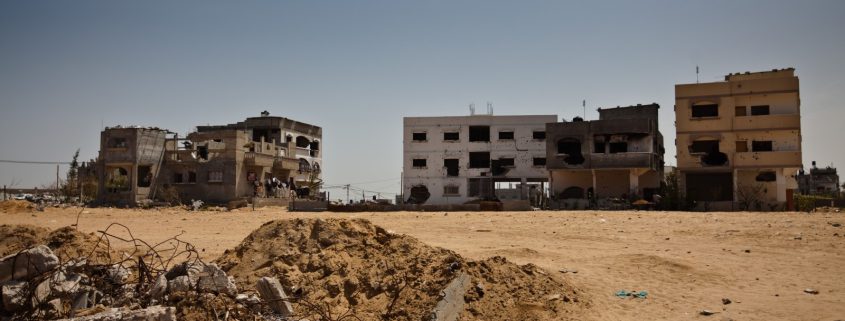

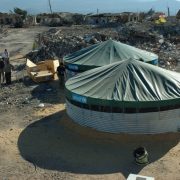
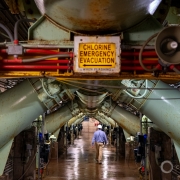
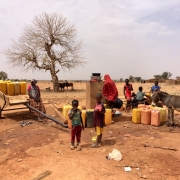
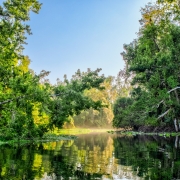
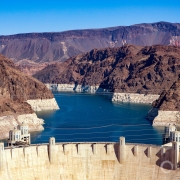
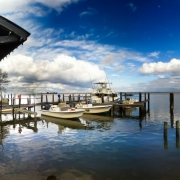




Leave a Reply
Want to join the discussion?Feel free to contribute!